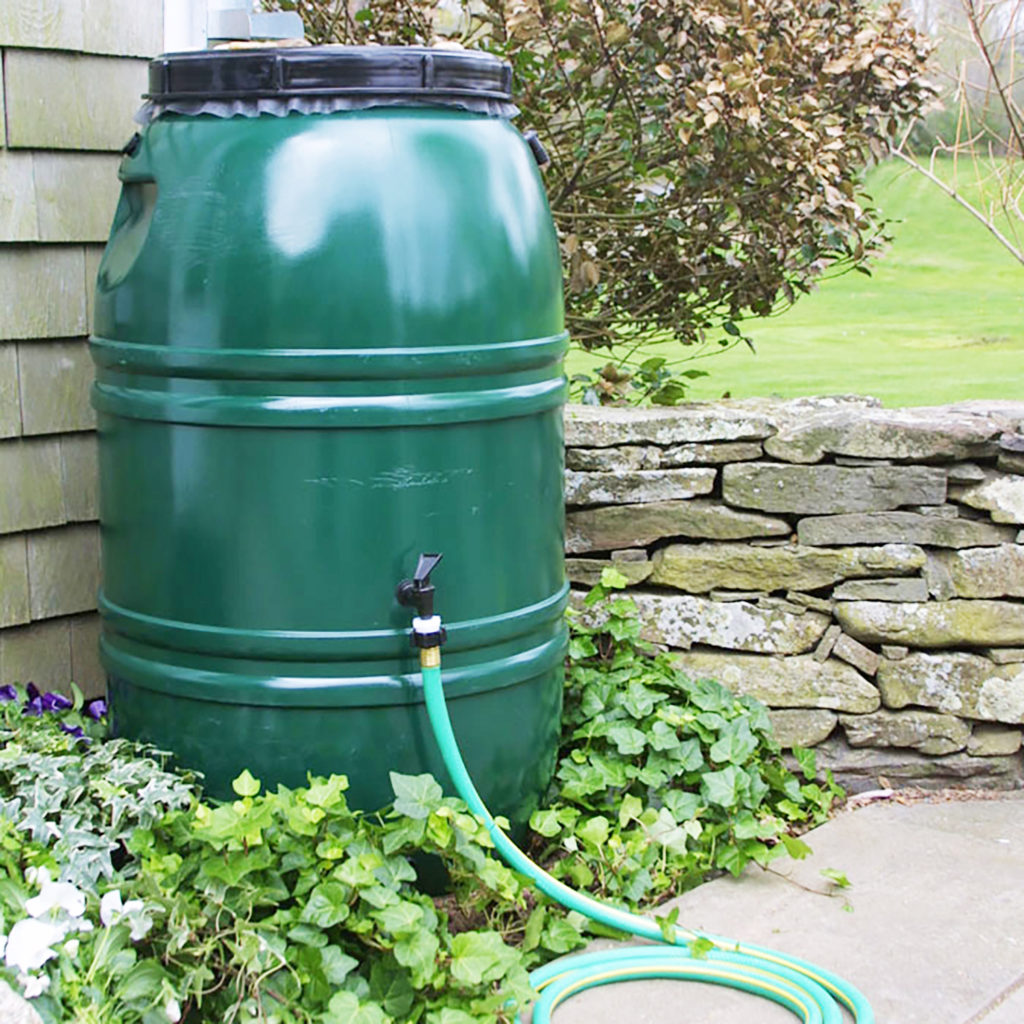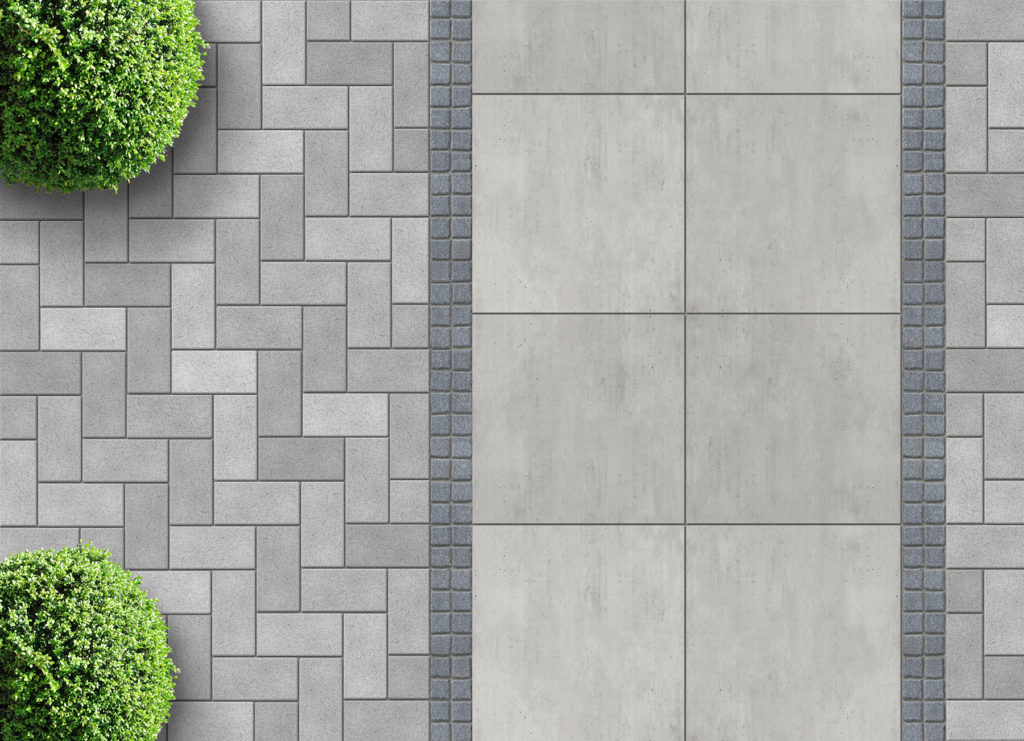Capture stormwater and put it back in the soil…don’t let it run off
 In Massachusetts, stormwater runoff from paved surfaces is the number one source of pollutants that degrade our rivers, streams, lakes, ponds and wetlands. Stormwater is also a valuable resource that should infiltrate into the ground to recharge our groundwater drinking supplies and replenish our streamflows.
In Massachusetts, stormwater runoff from paved surfaces is the number one source of pollutants that degrade our rivers, streams, lakes, ponds and wetlands. Stormwater is also a valuable resource that should infiltrate into the ground to recharge our groundwater drinking supplies and replenish our streamflows.
Here are some techniques you can do around your property to avoid runoff and recharge groundwater:
1. Install a rain barrel: Rain barrels, easily filled by rain from your roof, capture water for use on sunny
days. Paired with an optional soaker hose, rain barrels can efficiently supply water for gardens and plants. The WaterSmart program offers rain barrels for sale every spring!
2. Build a rain garden: Rain gardens capture stormwater and allow it to percolate into the ground. Easy to
build, they are essentially depressions, filled with a layer of gravel, then sandy soil. For building instruction,
go to www.Greenscapes.org
 3. Use permeable pavers and porous asphalt when building driveways, patios, or sidewalks. These pervious products make a big difference over their impervious counterparts in reducing stormwater runoff.
3. Use permeable pavers and porous asphalt when building driveways, patios, or sidewalks. These pervious products make a big difference over their impervious counterparts in reducing stormwater runoff.
4. Add compost to your soil and aerate your yard: Both of these actions will reduce soil compaction – a
big problem caused by overuse of synthetic lawn care products and todayʼs construction methods that disturb
topsoils.
5. Restore and conserve ʻnatural areasʼ: Native trees and shrubs are the most efficient water recyclers of all, because their deep roots allow water to trickle into the ground more easily than todayʼs hard-packed grass. Added benefits are that they tend to be drought-resistant and are important food sources for native birds and wildlife. They also store water, providing shade and cooling on hot summer days.
Unpave your town
As “stormwater runoff” flows over parking lots, lawns and driveways, it picks up dog waste, oil and gasoline, fertilizers, and even toxic chemicals, carrying them along streets and into municipal storm drains. Most people believe that the runoff in storm drains is sent to a treatment plant before it flows into local waterways, but it is not. This polluted stormwater runoff can close beaches and shellfishing beds, kill fish, and cause thick algae growth.
Impervious surfaces impact our water quality! In watershed areas with 12-20% impervious surface, water quality is considered “threatened”; and at levels above 20% water quality is considered “nonsupporting” of healthy stream habitats. What about your town? Many parts of suburban towns are above the 20% level.
What Needs to Be Done:
• Support your townʼs efforts to clean storm drains, sweep the streets often, and build an effective stormwater infrastructure.
• Encourage the use of low-impact development principles, which include building with fewer impervious surfaces and the use of alternative materials, like permeable pavers and porous asphalt, and the construction of raingardens and natural drainage swales.
Stormwater from impervious surfaces is the biggest source of water pollution – reducing impervious surfaces is the best solution!
WaterSmart is a nonprofit partnership between the NSRWA and 12 towns on the South Shore: Cohasset, Duxbury, Hanover, Hingham, Hull, Kingston, Marshfield, Norwell, Pembroke, Rockland, Scituate and Weymouth. Our programs are based on the belief that education is key. Since its creation, WaterSmart has educated thousands of local school-age children, adults, and businesses on water conservation, stormwater pollution, where their water comes from, and how to care for it.
